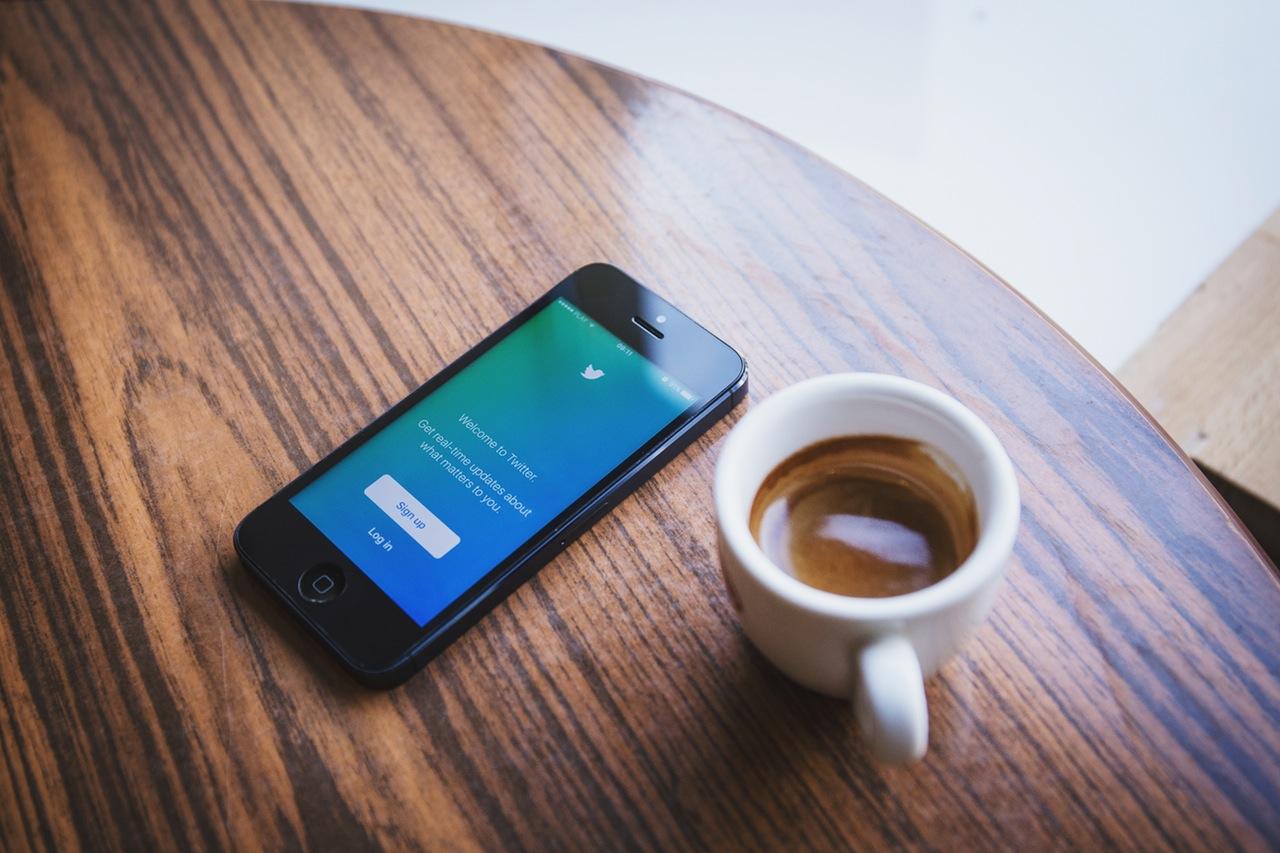It seems like everyone these days wants to get in on one hashtag movement or another. Sometimes this is a good thing, like when hashtags stand for solidarity and social change, but often silly hashtags are trending and everyone wants their 15 seconds of social media fame.
Businesses often feel the same way. They see a hashtag, meme or trend that’s popular and utilize it in their own advertising or marketing campaign. The question is this: is this actually a smart thing to do?
The answer is simultaneously yes and no. Hashtags and trends can be great for your business’ visibility and brand image, but they have to be used intelligently.
The Right Way
There is definitely a right way to use a hashtag or trend. The best way to utilize a trend in marketing is to always think the question “does this trend relate to my brand?” If the answer is yes, it’s then up to you to create a marketing tweet, image, slogan or piece of content that ties the two together in an interesting way.
Consider the now trending film “Sausage Party.” This tongue-in-cheek reference can actually add a dash of humor to a grocery store or meat packaging brand. They create a tweet that contains an image of a variety of sausages, also including the text “Have your own #SausageParty tonight. We’ll bring the buns!”
This humorous use of a current pop culture item and brand relevance sticks out in the minds of others. There’s also a dash of personality here – the business shows it is aware and doesn’t take itself too seriously, which is good in the eyes of consumers who want companies to have a human edge.
The Wrong Way
There are three major mistakes a brand could make with trend marketing – relying on trends too much, misappropriating a trend or not integrating the trend into the brand’s concept.
First, it’s important that a business not make trends and hashtags the cornerstones of their marketing strategies. This looks desperate – occasionally is fine, but doing it too often sends the wrong message.
Second, it’s important to understand the context of a trending topic. Businesses have gotten into hot water before for using hashtags and trends in the wrong way. These trends stand for something serious, a business misuses them and they become the target of bad publicity.
Third, the trend has to be related back to the brand in some way. In the above example, it doesn’t make sense for a furniture store to piggyback off of the same trending movie. They have to find a trend that suits their own business, or find a creative way to tie a trend into their own concept. Using a trend without making this connection is sloppy and the marketing strategy will fail.
All in all, trends need to be used with care. Don’t shy away from using trends in marketing completely, but use them sparingly. Make them count and make them clever.









